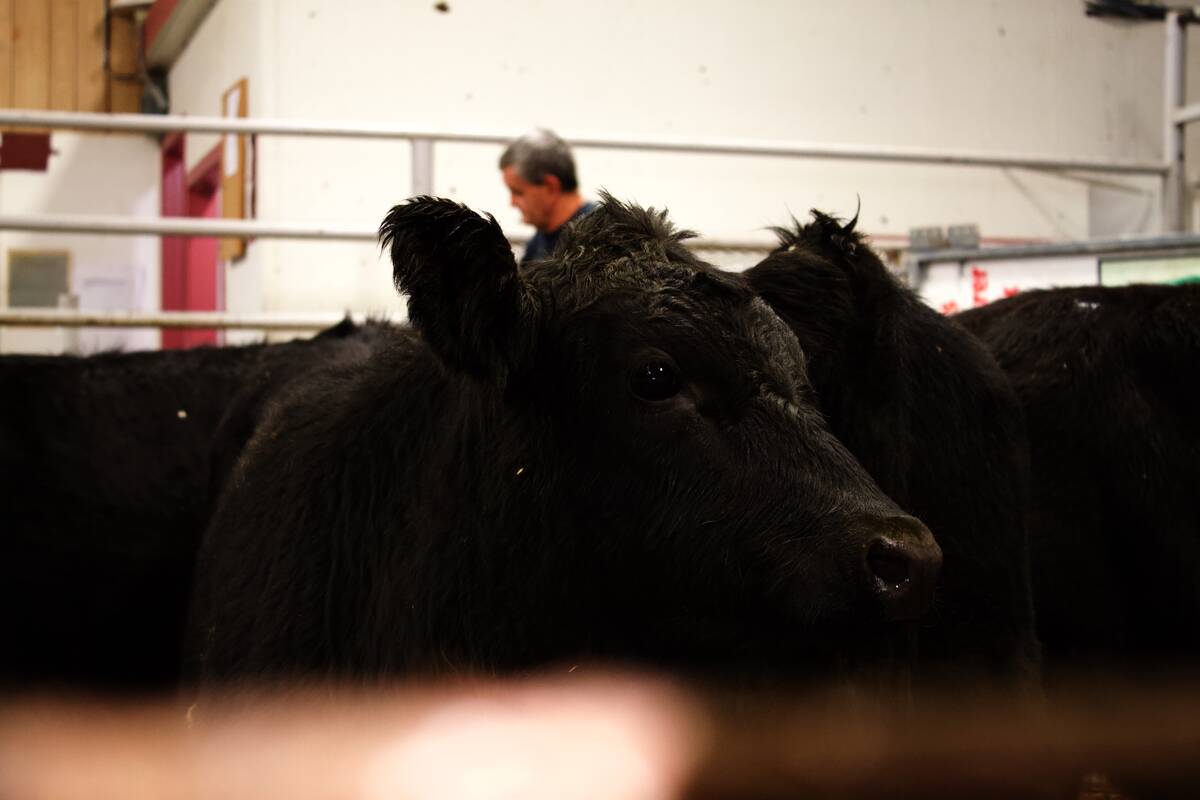Alberta’s protected heritage rangelands will be in a class by themselves as the province moves to consolidate its park legislation.
And the new legislation, which was posted Wednesday for public consultation between now and July 17, will require the province to post mandatory advance public notice for establishing, removing or changing boundaries of provincial heritage rangelands or parks.
“Park visitors have told us our existing classification system is confusing, and the changes we are proposing with the new legislation will make it easier for people to understand what they can do in their provincial parks,” Tourism Minister Cindy Ady said in a release.
Read Also

Klassen: Feeder market closes year on soft tone
For the week ending December 20, Western Canadian feeder cattle markets were steady to $10 weaker compared to seven days…
The proposal calls for three pieces of existing park legislation — the Provincial Parks Act, the Wilderness Areas, Ecological Reserves, Natural Areas, and Heritage Rangelands Act, and the Black Creek Heritage Rangeland Trails Act — to be “streamlined” into one simplified act.
It would “simplify” the province’s parks classification system into two categories — provincial parks and heritage rangelands — and use zoning to classify park land according to its “highest and most logical use,” be it recreation, conservation, or a combination of the two.
The proposed new legislation would not apply to Willmore Wilderness Park, national parks such as Elk Island, Jasper or Banff, nor to municipal parks or municipal conservation areas.
The new legislation is meant to set up a system that will “more clearly” communicate to the public what sort of activities are allowed on the parkland or rangeland.
“Changes to the parks land-base would continue as the park system evolves, but would not be the result of the proposed legislation,” the province said.
Under the existing Wilderness Areas, Ecological Reserves, Natural Areas and Heritage Rangelands Act, the province has just two “heritage rangelands”: Black Creek Heritage Rangeland, in the Whaleback area in southwestern Alberta, and OH Ranch Heritage Rangeland, near Longview, about an hour south of Calgary.
But the province also has six other heritage rangelands which aren’t yet designated as either parkland or rangeland, but as “natural areas.”
“Continent’s finest”
“Heritage rangelands,” as per the existing legislation, are lands meant to preserve and protect natural features representative of Alberta’s prairies. On those lands, grazing is used to maintain the grassland ecology.
“Carefully managed cattle grazing has contributed to the ecological integrity of very large tracts of the continent’s finest remaining prairies,” the province said on its tourism, parks and recreation ministry website.
“Heritage rangelands ensure ongoing protection while continuing the traditional grazing approach that has preserved these grasslands for so many years.”
Heritage rangelands provide “limited” opportunities for outdoor recreation, as long as the recreational use is “compatible with preservation of natural values and grazing management.”
Recreational access to those lands under grazing lease is allowed only with permission from the leaseholder.
Meanwhile, “natural areas,” a designation which would disappear under the new legislation, are meant to preserve and protect “sites of local significance” while offering opportunities for “low-impact recreation and nature appreciation activities.”
Typically consisting of smaller spaces, natural areas include natural and “near-natural” landscapes, most of which have no facilities or maintain only some parking areas and trails.














